45 draw a standing wave and label the nodes and antinodes
Standing Waves - The Physics Hypertextbook A node will always form at the fixed end while an antinode will always form at the free end. The simplest standing wave that can form under these circumstances is one-quarter wavelength long. To make the next possible standing wave add both a node and an antinode, dividing the drawing up into thirds. We now have three-quarters of a wavelength. 3.Draw a standing wave and label the nodes and antinodes. - Brainly Standing waves are waves that vibrate vertically and have the same frequency and amplitude. Nodes are points in the wave where the amplitude is equal to zero or at their resting point. Antinodes are points in the wave where the amplitudes are at their maximum. Look at image C. Advertisement
Solved Draw a standing wave in a tube with both ends open ... - Chegg Expert Answer 100% (1 rating) Transcribed image text: Draw a standing wave in a tube with both ends open. Label any nodes and antinodes. How much of the standing wave (in terms of wavelength) fits inside this tube? Draw a standing wave in a tube with one end open and one end closed. Label any nodes and antinodes.

Draw a standing wave and label the nodes and antinodes
14.7: Standing waves - Physics LibreTexts A standing wave is the result of two waves of the same frequency and amplitude traveling in opposite directions. Thus, there is no energy that is transmitted by a standing wave (e.g. through the nodes at the end of the string). Although we described standing waves for a string, these are not restricted to one dimensional waves. View question - Use the data that you have for the air-filled tube. Make a drawing of the standing wave in the tube when you have two, three, and four nodes or peaks. These will correspond to the first, second, and third overtones. For each standing wave, label the nodes and the antinodes. Label and record the distance in meters of the half wavelength (λ/2) for each standing wave. Draw a standing wave, and label the nodes and anti nodes. | Quizlet Draw a standing wave, and label the nodes and anti nodes. Solution Verified Create an account to view solutions Recommended textbook solutions Physical Science with Earth and Space Science 1st Edition Rinehart, Winston and Holt 1,491 solutions Physical Science 1st Edition McGraw-Hill 1,174 solutions Nelson Science Perspectives 9
Draw a standing wave and label the nodes and antinodes. Draw a standing wave, and label the nodes and antinodes. Find step-by-step Physical science solutions and your answer to the following textbook question: Draw a standing wave, and label the nodes and antinodes.. Acoustics Chapter One: Standing Waves - Indiana University Bloomington Nodes and antinodes on the resultant vibrating string correspond to points of minimum (node) and maximum (antinode) displacement of the string, as illustrated in the video example below. String modes always have the mode + 1 number of nodes, and the mode number of antinodes. So a string vibrating in the fundamental mode has a node at each fixed end point, and one antinode in the middle, the ... Standing Wave Diagrams | Zona Land Education The locations of the antinodes do not change as the standing wave vibrates, and thus the name 'standing'. A node is a spot on a standing wave where the medium does not move. This may seem unusual at first. However, there are places along the medium which are motionless as the standing wave oscillates. The locations of these nodal points do not ... Physics Tutorial: Nodes and Anti-nodes - Physics Classroom Nodes and Anti-nodes. As mentioned earlier in Lesson 4, a standing wave pattern is an interference phenomenon. It is formed as the result of the perfectly timed interference of two waves passing through the same medium. A standing wave pattern is not actually a wave; rather it is the pattern resulting from the presence of two waves of the same ...
Draw a sketch that shows the standing waves pattern. - Vedantu Note:Standing waves can be formed under various conditions, but they are easily demonstrated in a finite or bounded medium. Any system of standing waves can produce various natural frequencies. The lowest frequency of a standing wave having least number of nodes and antinodes is called fundamental frequency. Standing Waves - GSU Standing waves in air columns also form nodes and antinodes, but the phase changes involved must be separately examined for the case of air columns. Further discussion: ... One way to demonstrate standing waves in an air column is by stroking a metal rod to set up the longitudinal standing wave in the rod. If a disc is placed on the end of the ... Standing waves review (article) | Waves | Khan Academy Lowest frequency of a standing wave that has the fewest number of nodes and antinodes. Harmonic: A standing wave that is a positive integer multiple of the fundamental frequency. ... 2/3L, 2/5 L, 2/7L etc. (try to draw it yourself!). The frequency of the n'th harmonic can now be found using the relation frequency_n=speed of sound/wavelength_n ... Standing Wave Patterns - Complete Toolkit - Physics Classroom The Standing Wave Maker is an HTML5 simulation that excels at depicting the standing wave patterns for the various harmonics. PhET - Waves on a String. This HTML5 simulation models the motion of a wave through a string by the up-and-down vibrations of a set of 60 inter-connected harmonic oscillators.
Solved Figure below shows the organ pipe of length 75.0 cm, - Chegg Question: Figure below shows the organ pipe of length 75.0 cm, open at the both ends (A) [4 points) Draw standing wave for the third overtone. (B) (1.5 points) Label nodes ("N") and antinodes ("A") of the displacement standing wave in your sketch in the above figure. Standing Wave Diagrams 1 - Both Ends Fixed | Zona Land Education Again, a static diagram representing a standing wave will usually only show the envelope of the vibration. Below are several static diagrams of standing waves for a medium fixed at both ends, along with the names for each vibration and a count of the antinodes and nodes for each vibration. 16.6 Standing Waves and Resonance - OpenStax The standing wave patterns that are possible for a string, ... that is, nodes at both ends or antinodes at both ends. Example 16.7. Standing Waves on a String ... Draw a sketch of the first three normal modes of the standing waves that can be produced on the string and label each with the wavelength. (c) List the frequencies that the string ... 1.5: Standing Waves - Physics LibreTexts Figure 1.5.10 - Harmonics, Both Ends Fixed. The pattern for this case is clear: The possible standing wave has a frequency of times the fundamental harmonic, which means that the each time we add an antinode, we get the next-highest harmonic, and the number of antinodes equals the order of the harmonic.
Draw a standing wave, and label the nodes and anti nodes. | Quizlet Draw a standing wave, and label the nodes and anti nodes. Solution Verified Create an account to view solutions Recommended textbook solutions Physical Science with Earth and Space Science 1st Edition Rinehart, Winston and Holt 1,491 solutions Physical Science 1st Edition McGraw-Hill 1,174 solutions Nelson Science Perspectives 9
View question - Use the data that you have for the air-filled tube. Make a drawing of the standing wave in the tube when you have two, three, and four nodes or peaks. These will correspond to the first, second, and third overtones. For each standing wave, label the nodes and the antinodes. Label and record the distance in meters of the half wavelength (λ/2) for each standing wave.
14.7: Standing waves - Physics LibreTexts A standing wave is the result of two waves of the same frequency and amplitude traveling in opposite directions. Thus, there is no energy that is transmitted by a standing wave (e.g. through the nodes at the end of the string). Although we described standing waves for a string, these are not restricted to one dimensional waves.
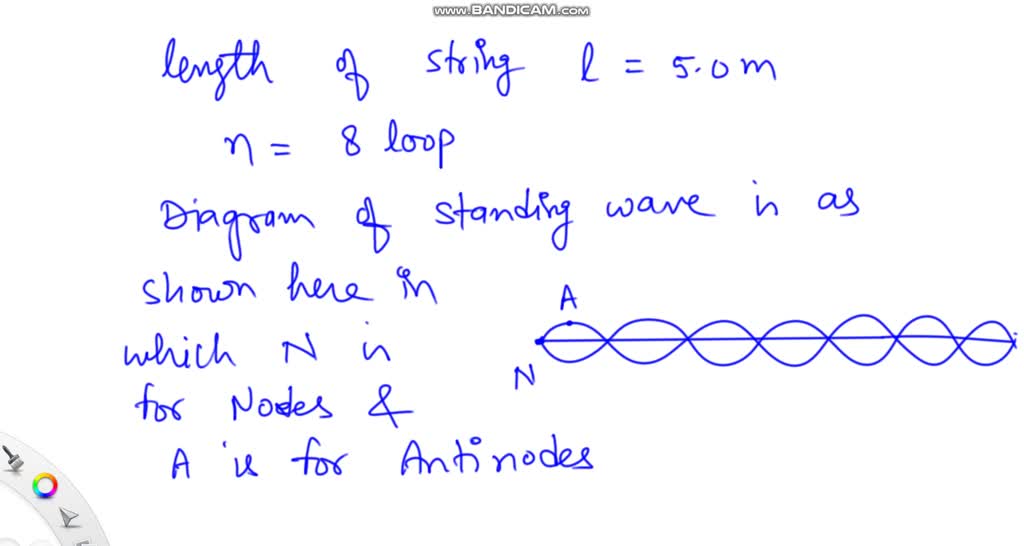
Task 1: Wave characteristics A standing transverse wave is formed in a string that is 5.0 m long. Both ends of the string are fixed. Eight loops are present in the standing wave. Answer the following ...

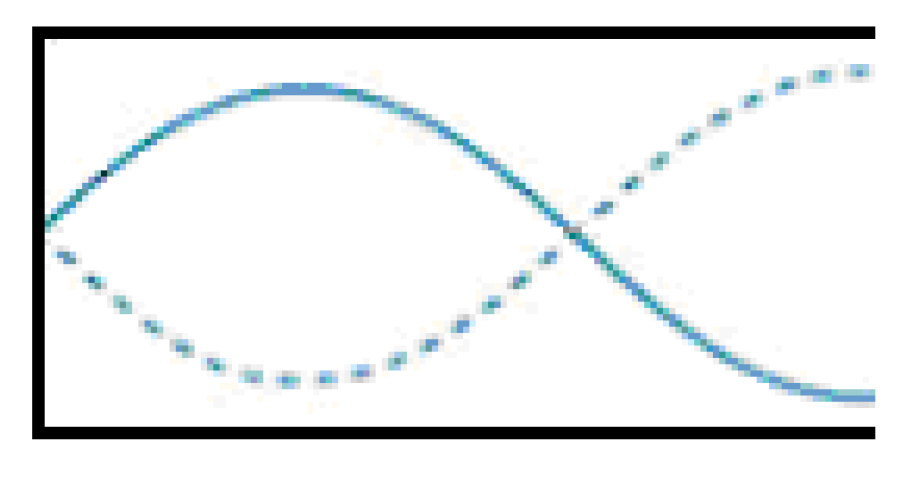
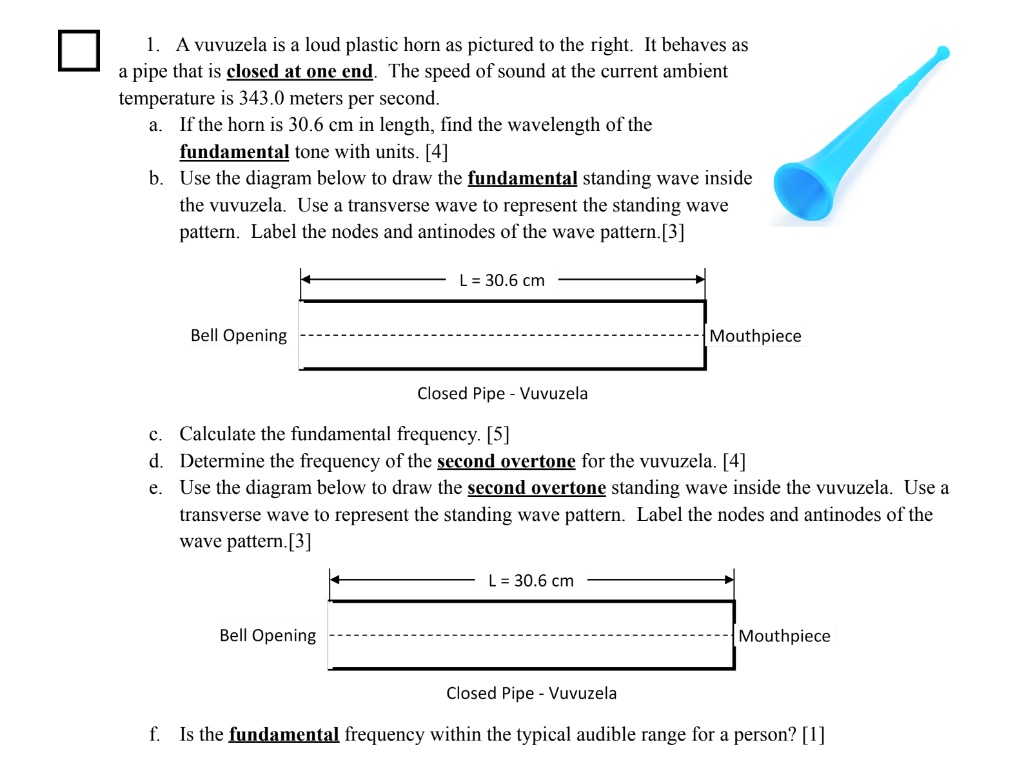
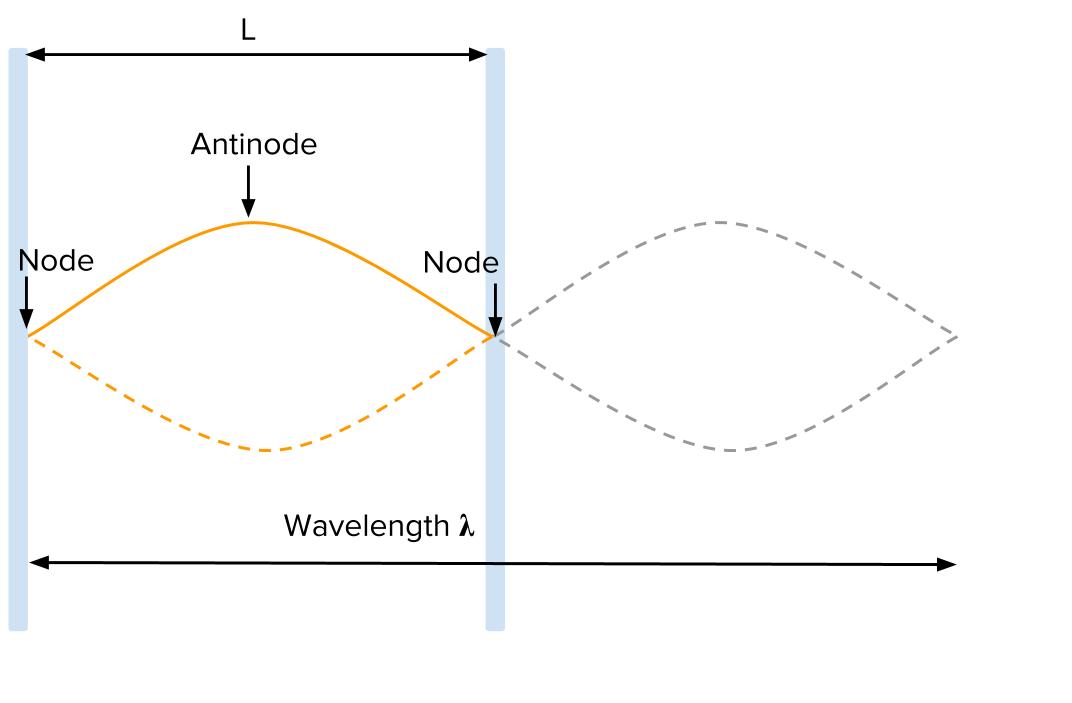

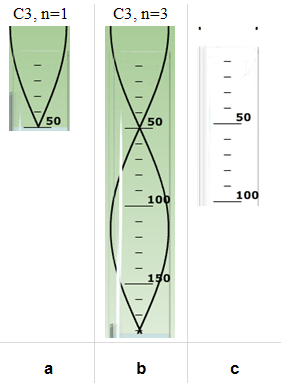
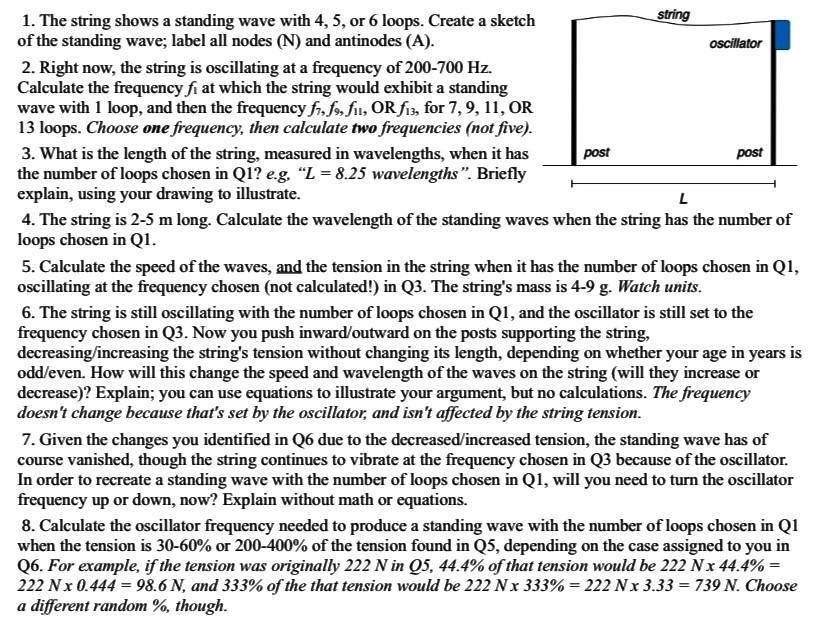
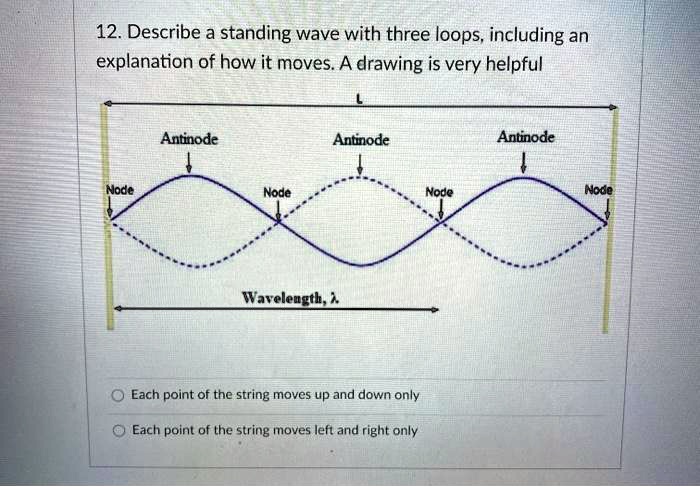

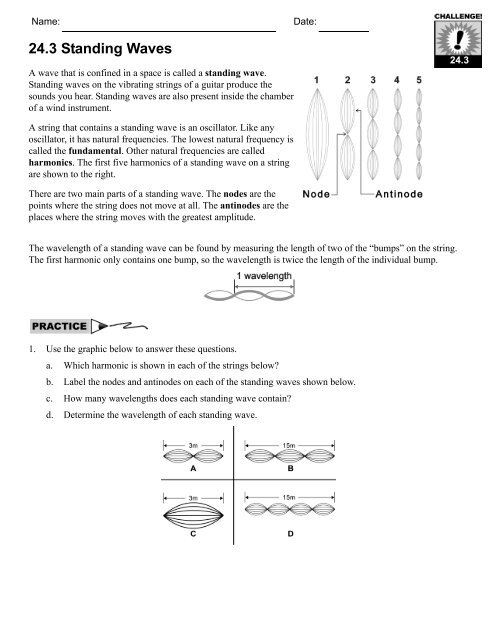


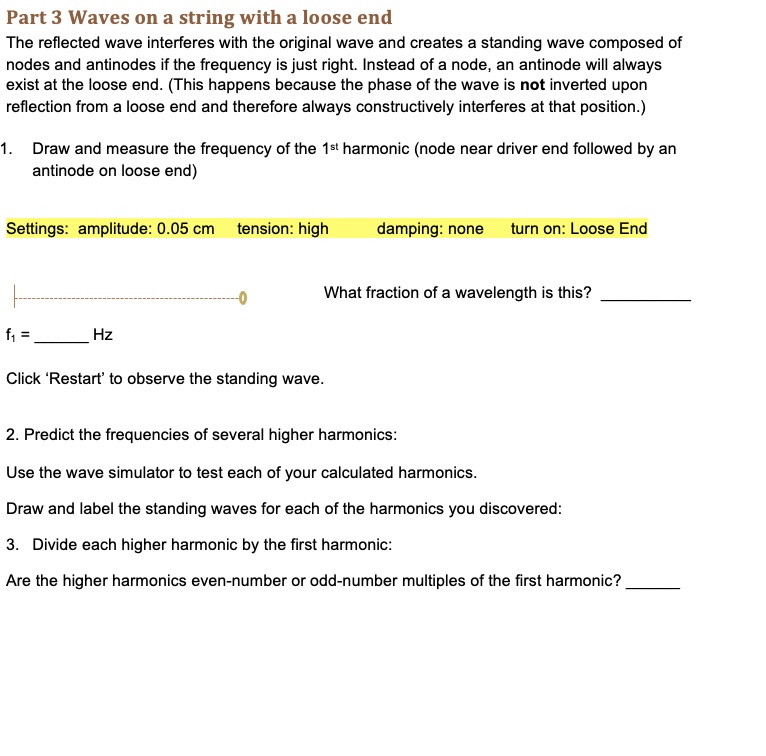
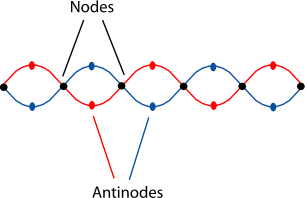
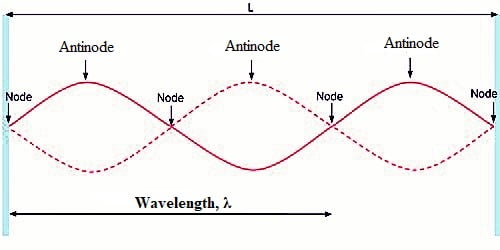

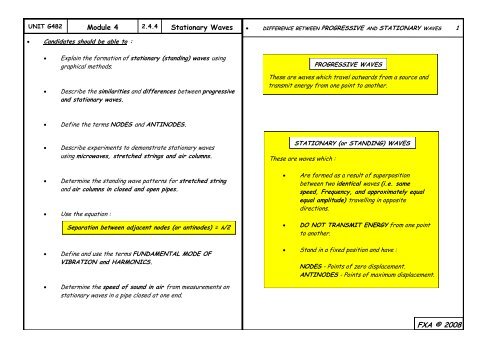

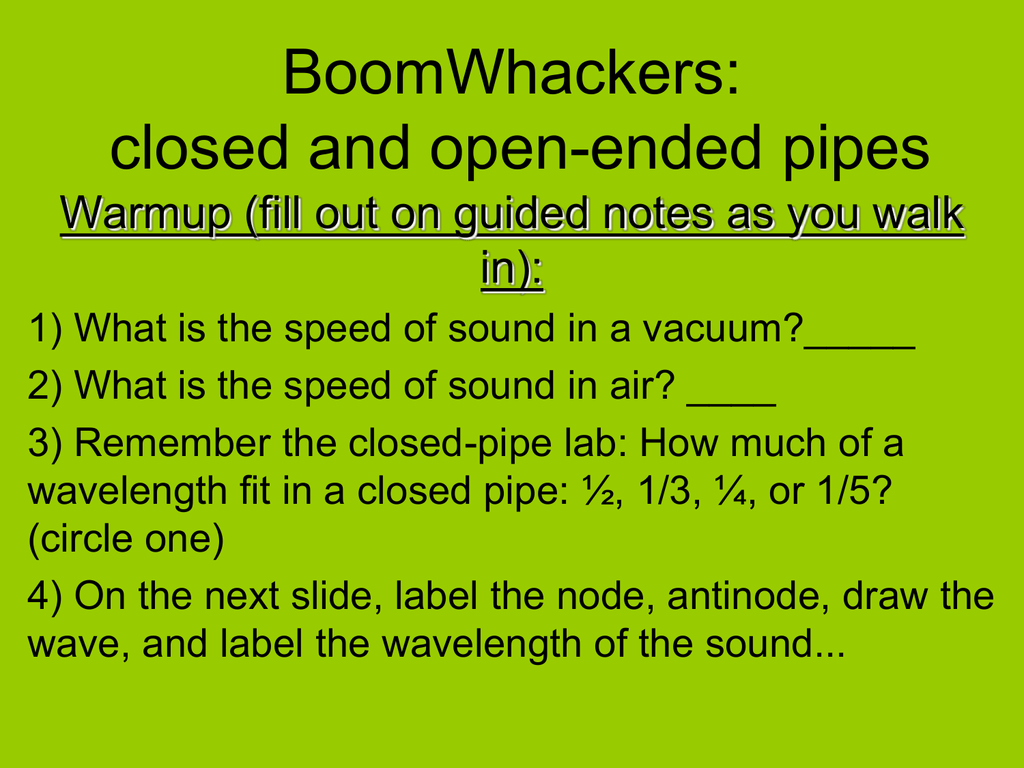



![14 The diagram shows stationary wave on string , 75 cm, Disumcc, Mark the positions of the nodes (N) and the antinodes (A), [2], Explain what is meant by node und an antinode, [2], Determine the ...](https://cdn.numerade.com/ask_previews/3a6df350-c13c-40f3-b62f-9b3bbd039f38_large.jpg)

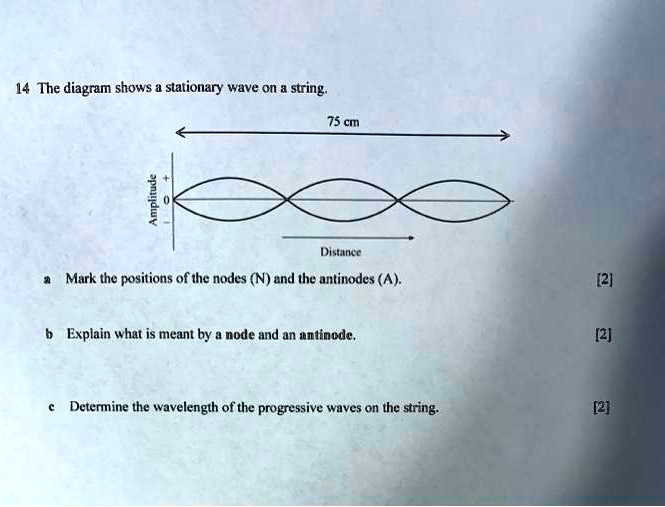

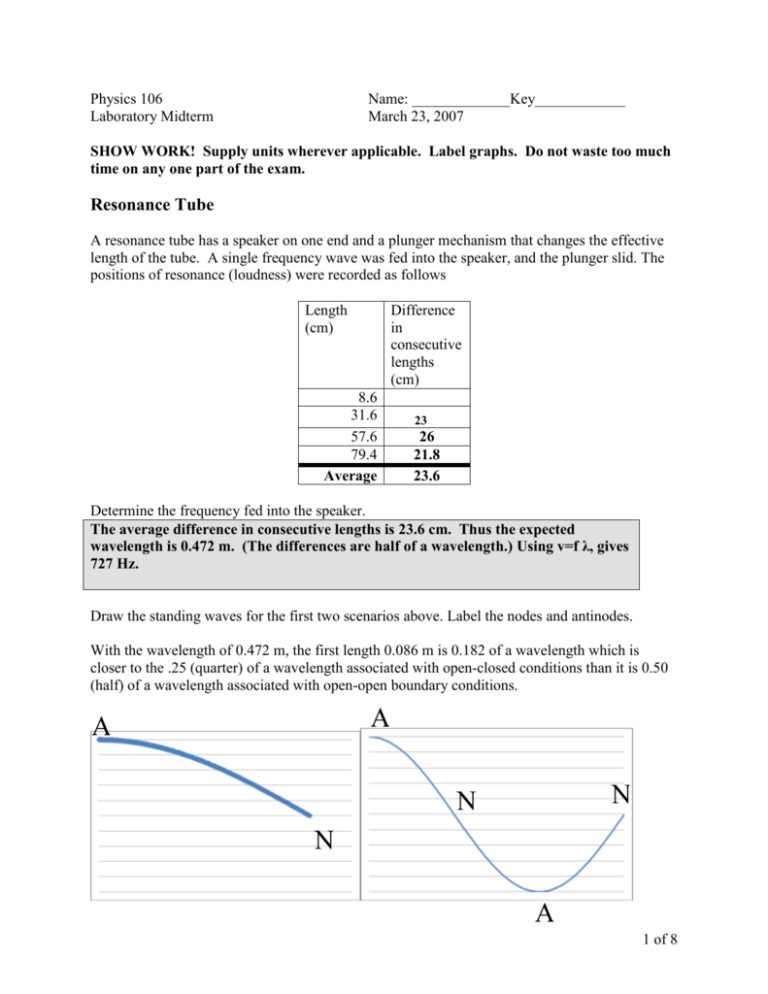

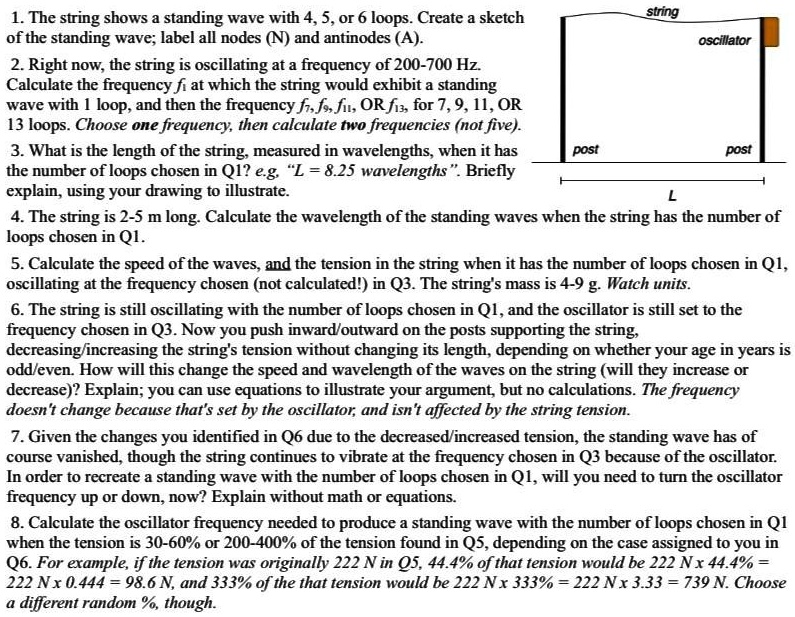




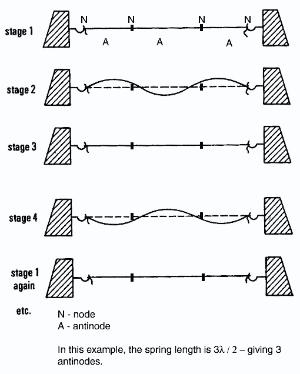


Post a Comment for "45 draw a standing wave and label the nodes and antinodes"